Next week its Fashion Revolution Week, a campaign which encourages consumers to ask more questions about where and how the clothes they wear are made.
As more customers start asking these questions corporations are encouraged to provide more ethical alternatives. The fact that McDonald’s now provides only free range eggs is a fantastic example of the effect customers can have on corporations. Since the use of caged eggs has become a social taboo, why is it then that the same thought process is not being applied to workers in the garment industry.
Consumers today need to be sceptical, ask questions, and truly consider who is making their clothes. If you’re going to brag about the $10 shirt you bought at Glassons, don’t be ignorant enough to think that the people that made it were earning anything more than 80 cents an hour.

Child labour is used prolifically throughout the garment industry
In search of the most cost efficient supply chains big brands have flocked to low wage economies. While they undoubtedly provide employment for millions of workers the competitiveness of the industry ensures these low wages will never increase; keeping workers trapped in low wage economies with little opportunity for economic advancement.
Garment workers are often people from marginalized or disadvantaged backgrounds and as such have minimal rights and no real voice when negotiating things like pay rates and working conditions. Garment workers in India, if they're even paid, earn on average around $100USD per month. This wage rate equates to less than $1 an hour. Consequently they are forced to work overtime, in many cases up to 18-hour days simply to earn enough to live off. Regardless of any difference in comparative living costs there are few societies that would regard an 18-hour day simply to make ends meet a fair day’s work for a fair day’s pay.
At Little Yellow Bird we think many of you care about the inherent human element of the garment industry and we would like to offer some insight into the decisions we are making when we choose where our own ethically made uniforms are produced.

The Little Yellow Bird factory mid production
At Little Yellow Bird we have consciously chosen to work with suppliers and manufactures that challenge the status quo. Little Yellow Bird workers are fortunate enough to earn almost triple a garment worker’s average monthly wage rate. This means they don’t need to work overtime; in fact our factory limits workers to 45 hours per week as a health and safety concern. Other benefits provided include transportation subsidies, assistance with healthcare costs, 25 days paid annual leave, 6 sick days and educational support.
In an age of clever marketing campaigns and consumer manipulation it’s pretty hard to distinguish which companies are actually doing good, and which ones just say they are. Millions of dollars is spent on advertising to create the perception of sustainability when in reality no details are given about their supply chain and the conditions of these workers.
H&M’s ‘conscious print campaign,’ which launches the same month as Fashion Revolution Week, is set to capitalise on the conscious consumer movement. The H&M campaign offers to recycle unwanted garments in exchange for discounts and gift cards. Although on the surface this seems like a great idea in reality it is a thinly veiled guise of sustainability that simply fuels increased consumption and appeals to consumer guilt.


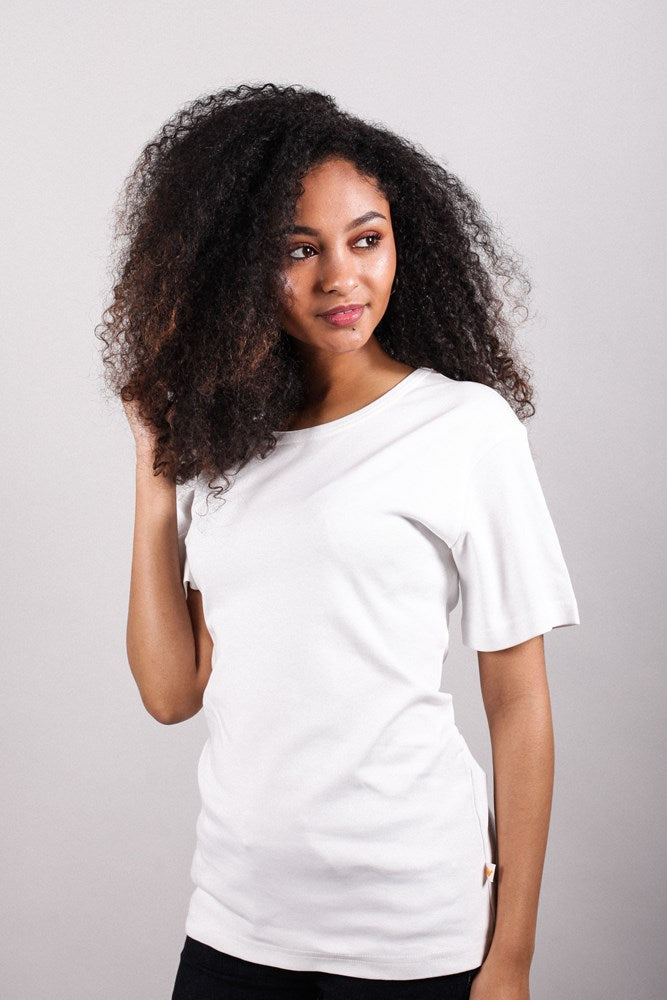
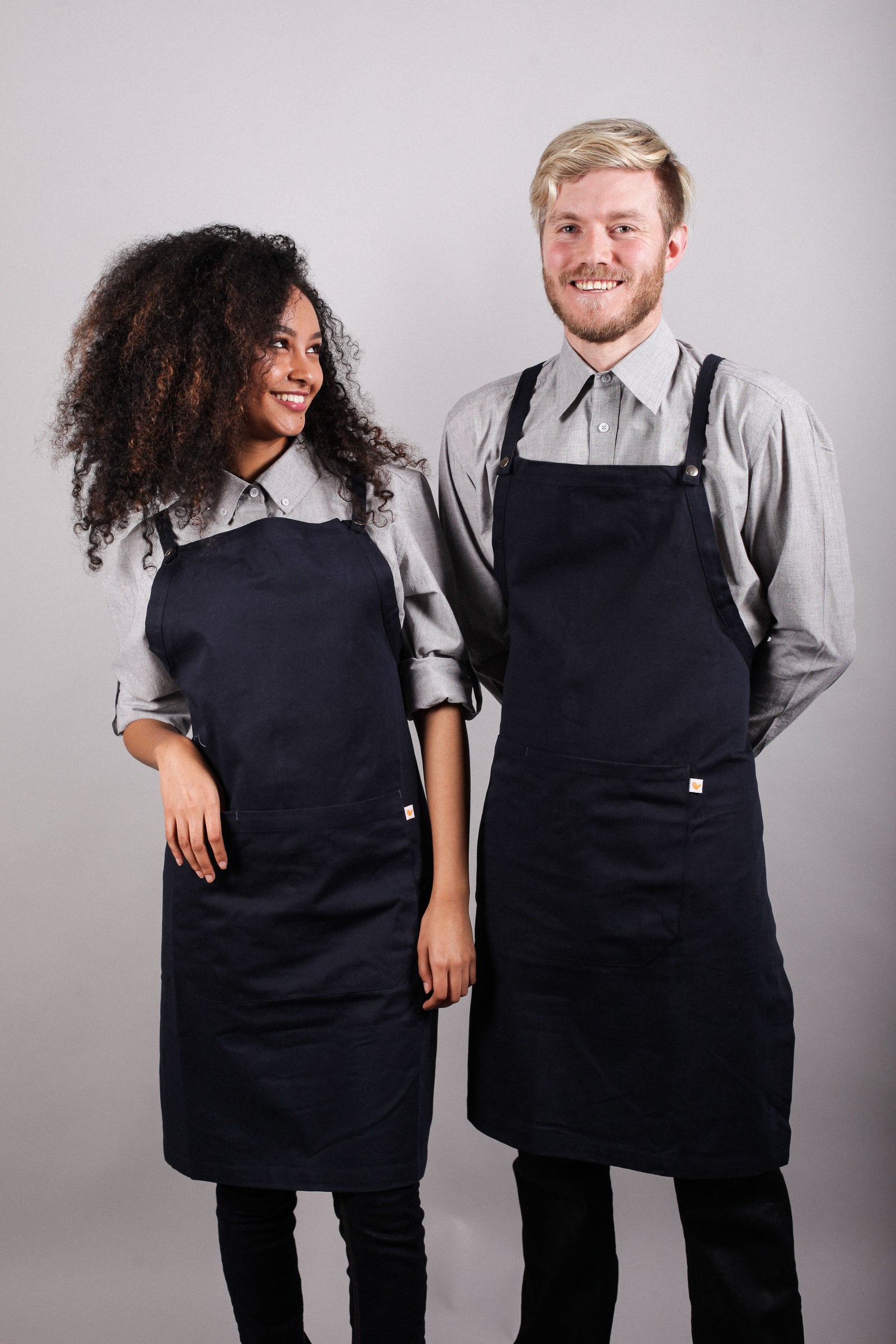
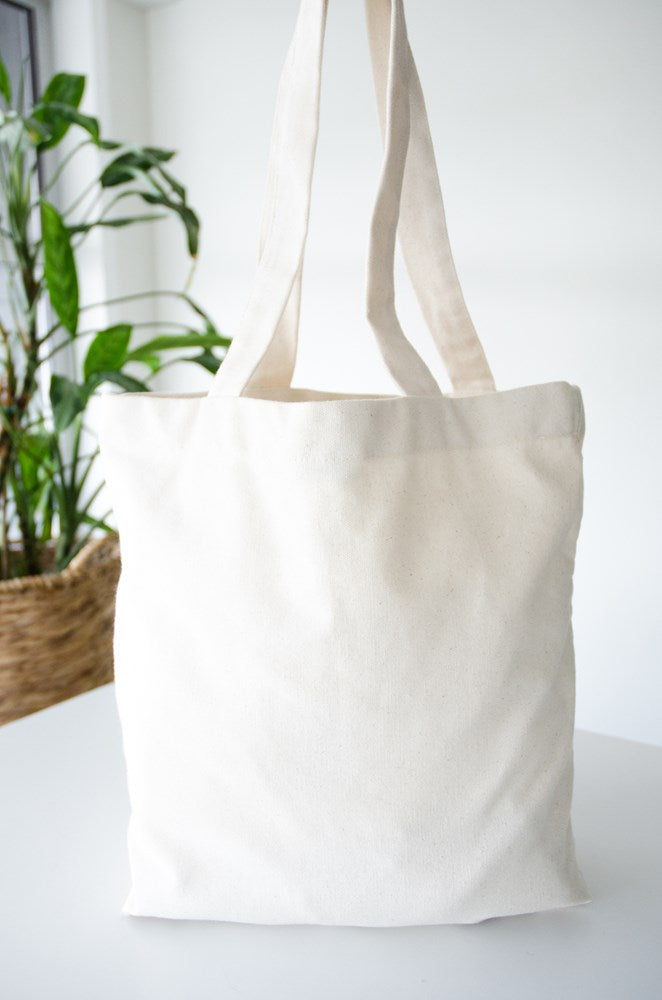
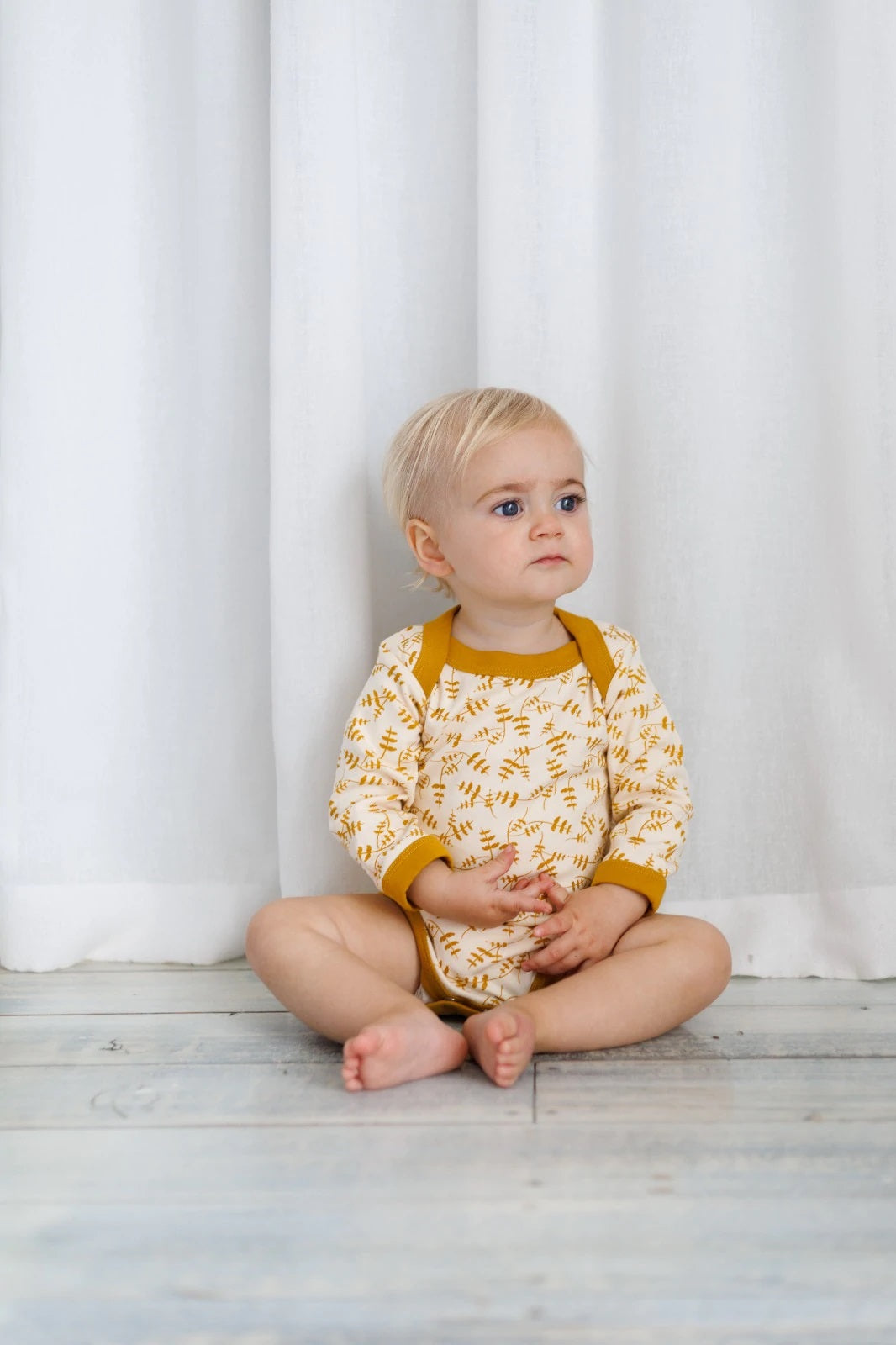

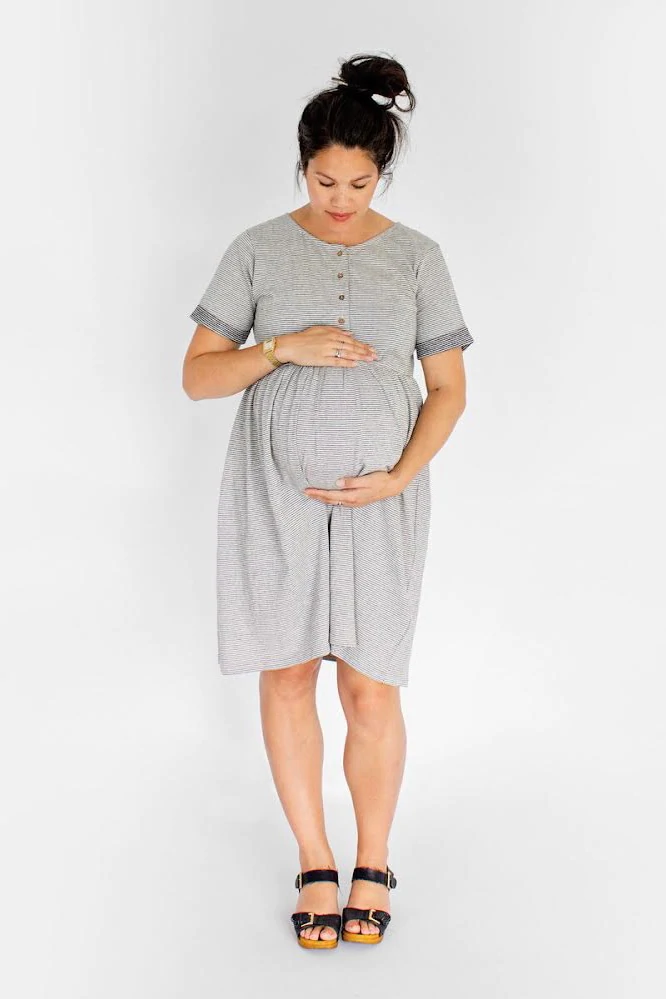
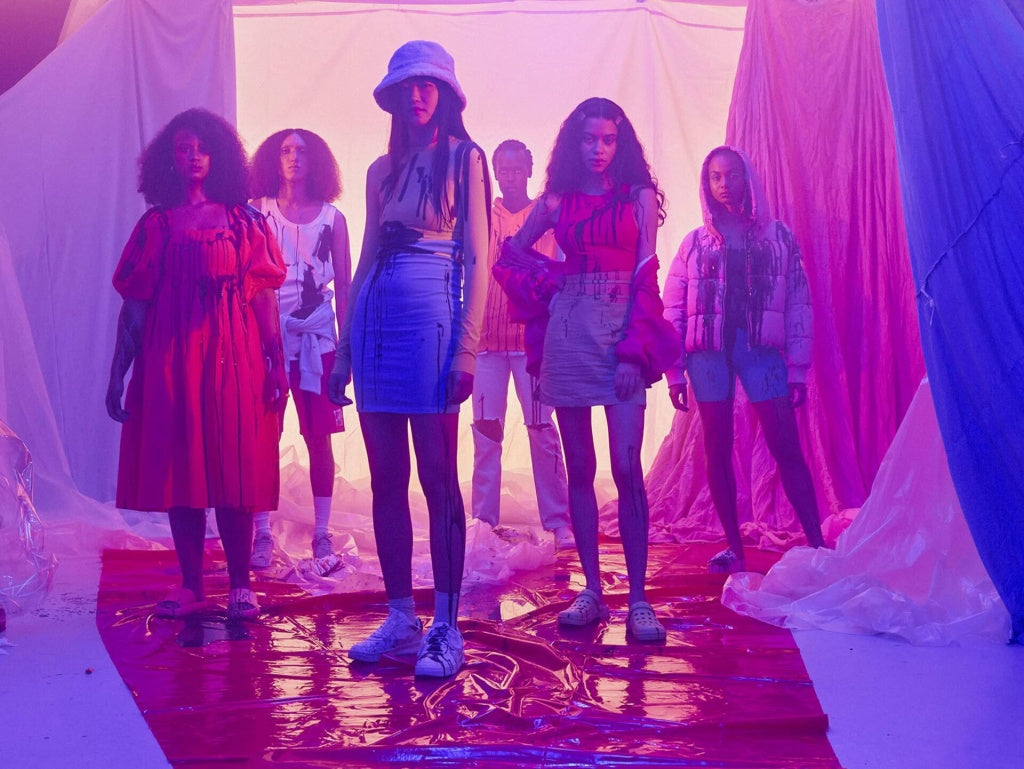
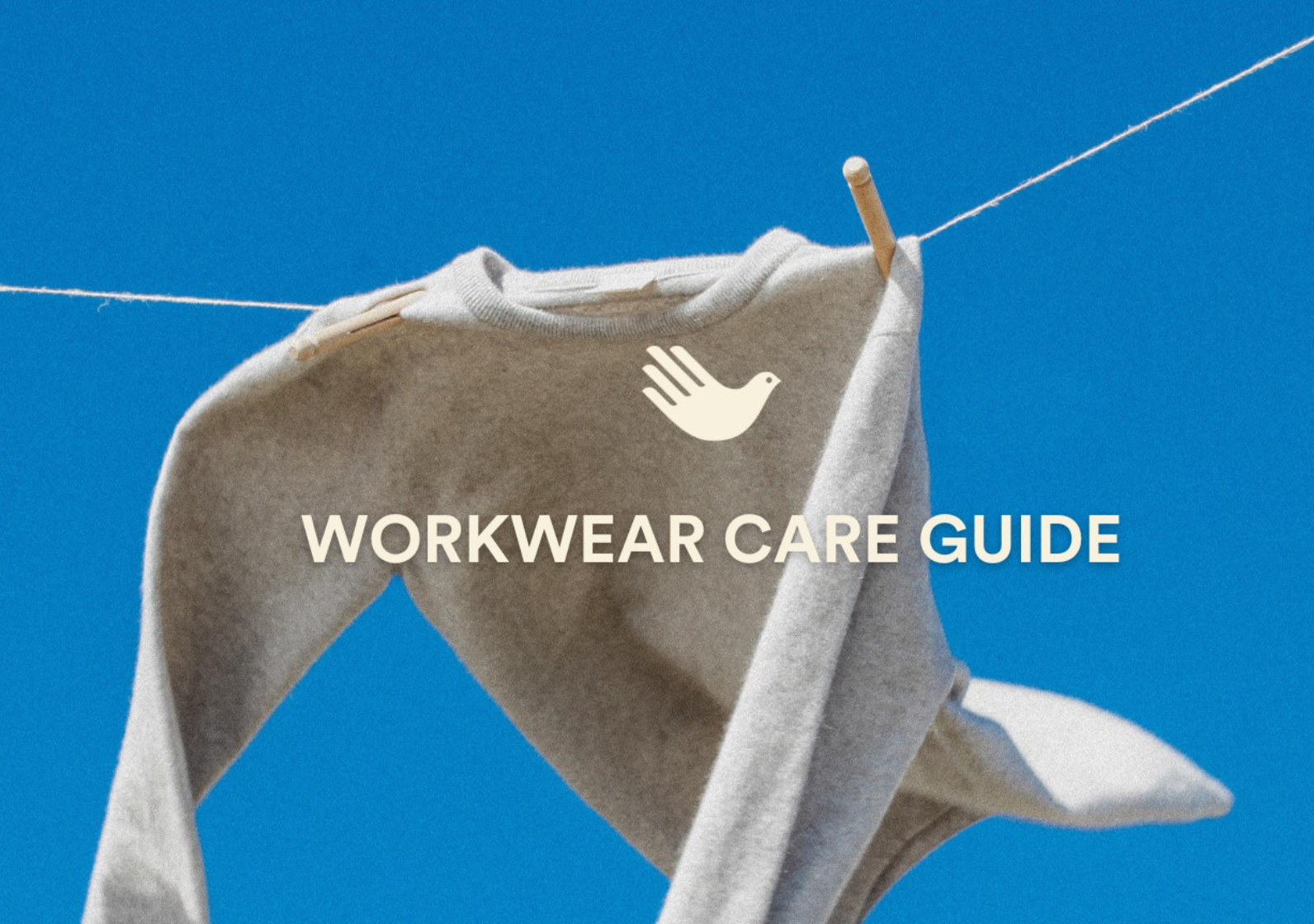
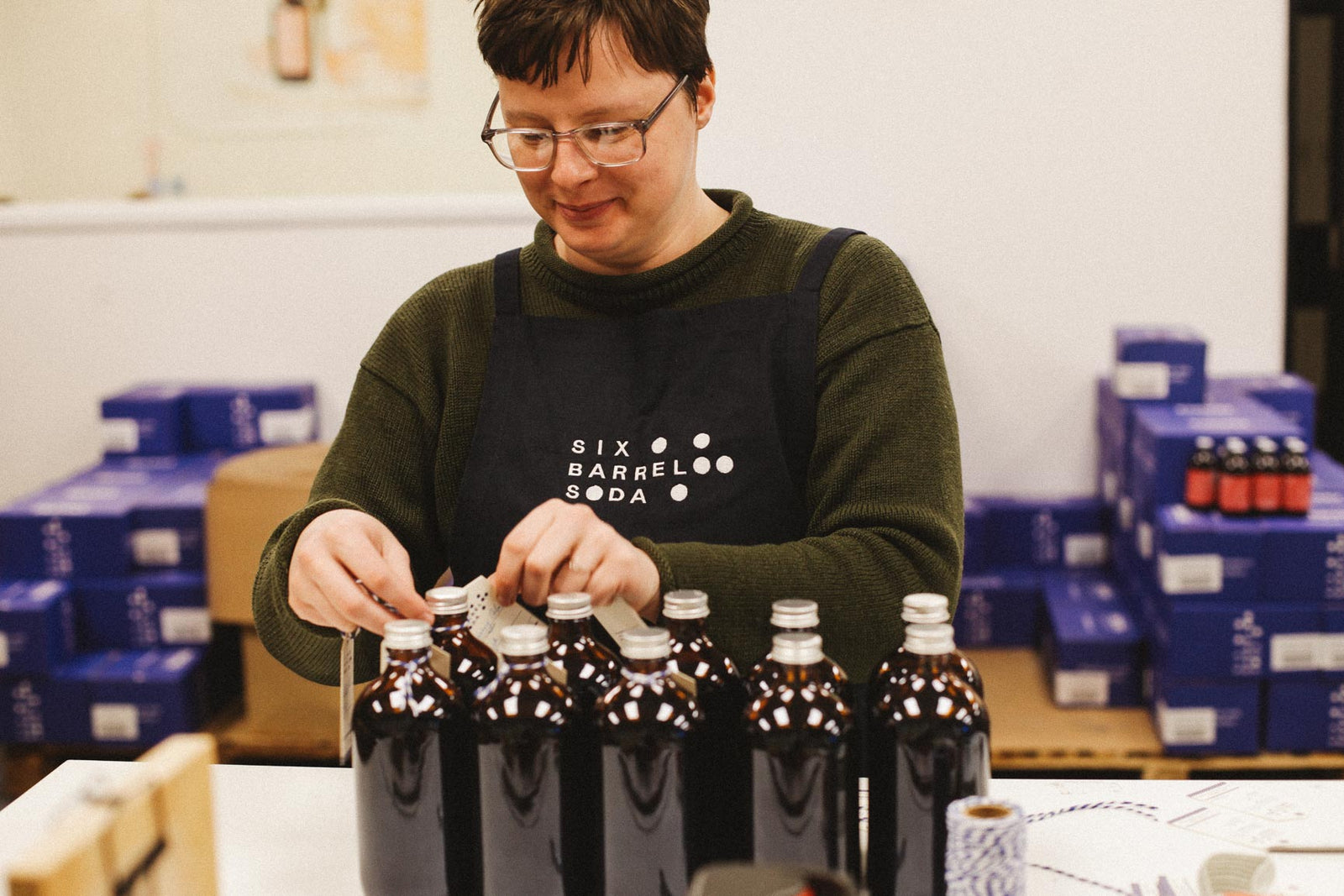
Leave a comment (all fields required)